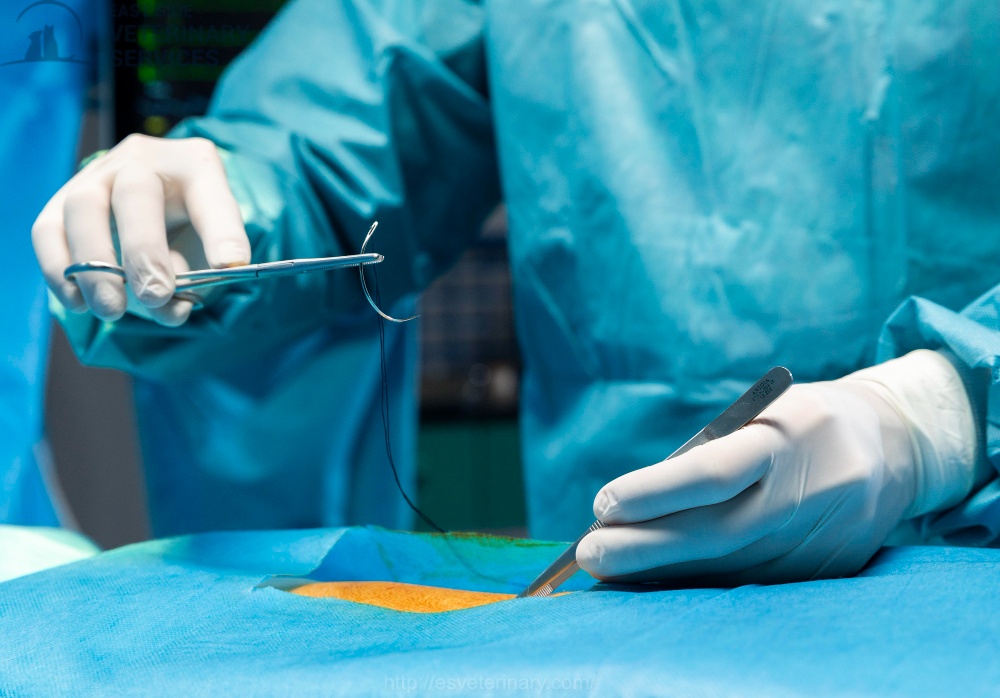When your furry friend needs a medical procedure, it’s natural to feel anxious. Whether it’s a routine spay/neuter or a complex operation, pet surgery and anesthesia go hand-in-hand to ensure a safe, painless experience. Understanding how the process works helps you feel more confident and reassured about your pet’s health.

What Is Veterinary Anesthesia?
Anesthesia is used to prevent pain and movement during surgical or diagnostic procedures. PetsAndAnesthesia involves carefully administering sedatives or general anesthetics tailored to your pet’s age, breed, weight, and health condition.
Veterinarians at trusted clinics like VetsKingston use modern anesthesia machines, monitors, and trained technicians to track your pet’s vital signs throughout the procedure.
Pre-Surgery Preparation and Safety Checks
Before any procedure, your vet will perform a pre-anesthetic evaluation. This often includes blood work, X-rays, and a physical exam to assess heart, liver, and kidney function.
Choosing a vet near you—like searching for PetSurgeryAnesthesiaNearMe—helps ensure you’re working with professionals who know how to manage breed-specific risks and offer prompt post-op care.
During Surgery: Monitoring and Safety Protocols
Once anesthesia is administered, your pet is never left alone. Clinics like DogSurgeryAnesthesiaKingston monitor your pet’s heart rate, oxygen levels, and temperature in real time. Adjustments to anesthesia levels are made instantly based on your pet’s response.
The BestVetInKingston follows strict AAHA (American Animal Hospital Association) guidelines to ensure all surgical procedures are conducted with maximum care and hygiene.
Post-Op: DogAnesthesiaRecovery and Home Care
After surgery, your pet will begin the DogAnesthesiaRecovery phase. Most pets feel groggy, sleepy, or slightly disoriented for the first 12–24 hours. Your vet will give you a detailed recovery plan including:
- Pain relief medications
- Wound care instructions
- Activity restrictions
- Feeding guidelines
Quick and attentive care during recovery helps avoid complications and speeds up healing.
How to Choose the Right Vet for Pet Surgery and Anesthesia
When looking for PetSurgeryAnesthesiaNearMe, prioritize clinics with:
- Certified veterinary anesthetists
- Transparent communication
- Positive local reviews
- Clean, fully equipped facilities
- 24/7 post-operative support
The BestVetInKingston should make you feel informed, supported, and confident in your pet’s care from pre-surgery to full recovery.
FAQs
What is the purpose of anesthesia in pet surgery?
It keeps your pet unconscious, pain-free, and still during surgery, ensuring a safe and effective procedure.
Is anesthesia safe for pets?
Yes, especially when managed by experienced clinics like VetsKingston. Pre-surgical tests reduce risk.
How long does it take for pets to recover from anesthesia?
Most pets recover within 24 hours. DogAnesthesiaRecovery includes rest, hydration, and restricted activity.
How do I find a reliable PetSurgeryAnesthesiaNearMe?
Look for well-reviewed clinics that offer personalized care, modern equipment, and expert staff.
Why choose the BestVetInKingston for surgery?
The BestVetInKingston ensures advanced safety protocols, compassionate care, and excellent post-op support.
Conclusion
Pet surgery and anesthesia are advanced, safe, and essential parts of veterinary care. Whether your search includes PetsAndAnesthesia, DogSurgeryAnesthesia, or DogSurgeryAnesthesiaKingston, knowing what to expect makes all the difference. Work with experienced teams like those at VetsKingston who combine technology with compassion to keep your pet safe every step of the way.